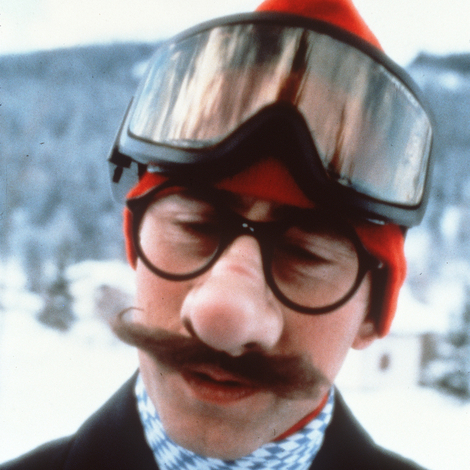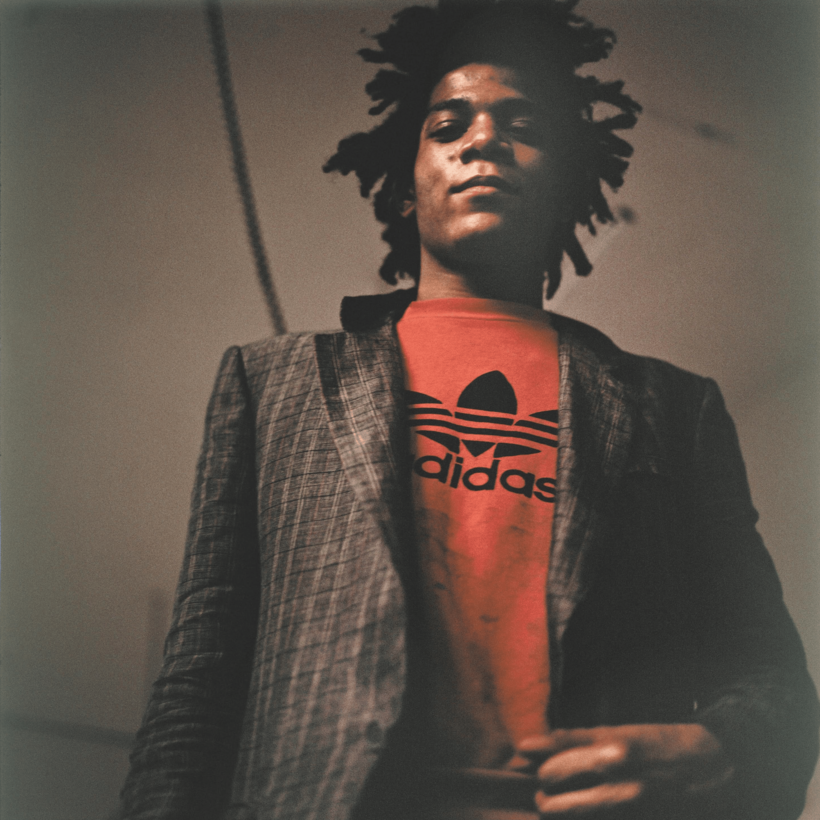Ambitious young artists know they’re only as good as their first collectors. The right ones send a powerful signal, marking an artist as worth watching and worth buying.
While writing my book Jean-Michel Basquiat: The Making of an Icon, the first major biography of the artist in nearly 30 years, I set out to track down his earliest collectors, the ones who believed in him long before Andy Warhol entered the picture. I knew a few from my time as president of the Americas for Christie’s, but the one that intrigued me most was Stéphane Janssen. His name surfaced repeatedly in catalogues as the owner of key early works, yet he had vanished from view, leaving no digital trace. During the coronavirus lockdown in July 2020, I found one of his sons, who connected me to Janssen himself, then 84 and eager to share how he came to collect Basquiat and know the artist personally.
Stéphane Janssen, the great-great-grandson of Ernest Solvay, a Belgian entrepreneur whose namesake chemical company laid the foundation for dynastic family wealth, grew up in a small town near Brussels. After a brief stint in the family business, he broke away in 1965 to open a Brussels gallery devoted to the avant-garde CoBrA movement. The European group’s work was raw, colorful, and untamed, inspired by children’s art and Norse mythology. The name CoBrA came from the initials of the cities where its founding members lived: Copenhagen, Brussels, and Amsterdam.
After 11 years in the art trade, Janssen closed his gallery, saying he was weary of what he described as a life of lies and deceptions. He left his wife and children in Belgium and moved to Los Angeles to live openly as a gay man. In 1981, he met the love of his life, a waiter at a popular Los Angeles restaurant, and the two settled in a spacious Beverly Hills home, which offered ample wall space for both his Belgian collection and the new works the couple avidly acquired.
In early 1982, Janssen read a Los Angeles Times review of a 21-year-old artist’s first show in the city. Intrigued, Janssen visited the newly opened Larry Gagosian Gallery and instantly fell in love with the work. That day, he purchased a life-size painting of a Black man standing beside the scales of justice for $8,500. Janssen saw echoes of great 20th-century masters in Basquiat’s work, but also something wholly fresh and innovative. It was the first of 13 Basquiat paintings the collector would acquire by the end of 1985—works that today would be worth more than $200 million. “It was exactly the kind of work that I love, which tends to be brutally tough work,” Janssen recalled. “After seeing my collection, a psychologist once told me that I must be a very peaceful man because only murderers buy Renoir and flower paintings.”
After acquiring his first painting and learning that Basquiat was in Los Angeles, Janssen invited the artist and Larry Gagosian to his Beverly Hills home for lunch. As he walked Basquiat through his collection, which included major works by Jean Dubuffet, Pierre Alechinsky, and Karel Appel, Basquiat repeatedly muttered, “That’s shit … That’s shit too … So is that.” The only items that garnered his admiration were drawings by Hergé, the Belgian cartoonist best known for a series of books titled The Adventures of Tintin. Basquiat was delighted to see them, telling his host that he had read all the books during his elementary-school days in Brooklyn. Janssen quickly realized that Basquiat was intent on shocking him. “He was smoking a joint the size of an ice-cream cone when he arrived,” Janssen remembered. “I’d never seen anything like it. I didn’t use drugs, nor did I like being around people who were using them.” But Basquiat’s indiscretions had no impact on him. As a former contemporary-art dealer, he was well accustomed to the provocations of artists.
Later that year, while Janssen and his partner were in New York, Larry Gagosian brought them to Basquiat’s Crosby Street studio. The artist showed up an hour late, mumbling that he had been at the Metropolitan Museum admiring a 13th-century crucifix by Cimabue. The work, badly damaged in the 1966 flood in Florence, Italy, had recently been restored and was on temporary loan at the Met. “We spent two or three hours together talking about different things, including the Cimabue painting, which I’d also seen,” Janssen recalled. “We had an extraordinary conversation, because he wasn’t high. He was sober and brilliantly intelligent. He was very taken with Cimabue’s depiction of the dying Christ and explained that he did something similar when he painted a Black man on a refrigerator door.” During that visit, Janssen purchased Versus Medici, a large painting of a single, warrior-like figure, for $8,000. Many years later, in 2017, the collector who acquired it from Janssen sold the work at Sotheby’s for $50.8 million.
Janssen met Basquiat several more times, but the artist was always high. “I only saw him smoke pot. I never saw him use coke or heroin. He was not someone I liked when he was high, because he didn’t want to talk about anything except money. He would never talk about his art or what others were making.” Still, the Crosby Street visit stayed with Janssen: “I had a revelation about how intelligent he was and how educated he was about the history of painting. I discovered then that he was as great as his paintings.” (On August 12, 1988, the 27-year-old artist died of a heroin overdose in his New York City loft after a night of partying.)
For two months, Janssen was remarkably generous with his time, joining Zoom calls, sending me his Basquiat files with purchase invoices, and e-mailing new recollections as they surfaced. On our final call, he told me it would be the last. Only then did he share that he had been diagnosed with terminal cancer. He said how much he had enjoyed reminiscing about Basquiat and thanked me for bringing moments of joy back into his life. He died a few weeks later, on September 17, 2020.
Doug Woodham is managing partner of Art Fiduciary Advisors and the former president of the Americas for Christie’s

